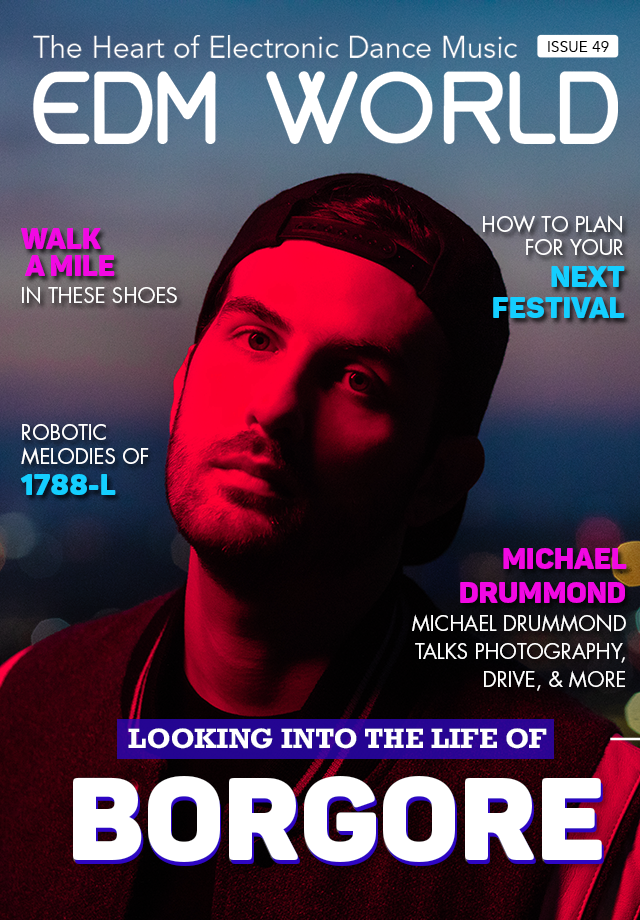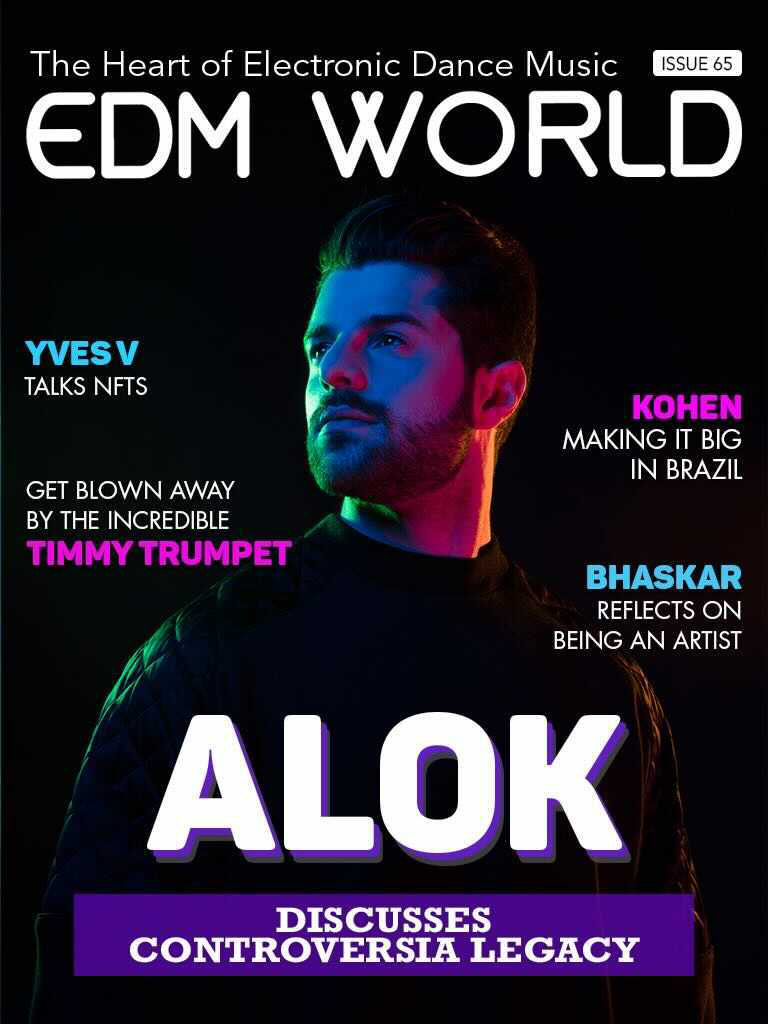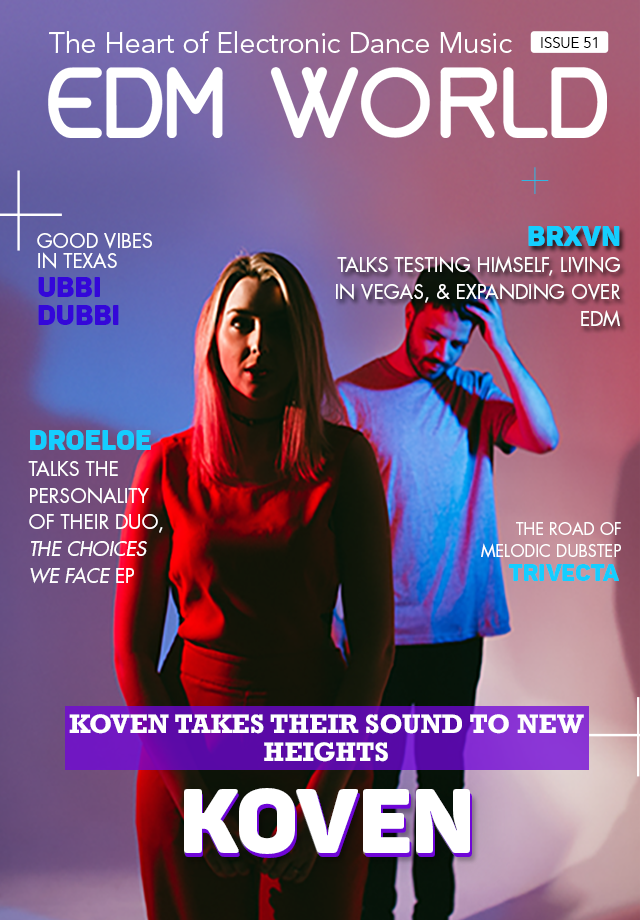Above is my tinder dating profile based off a typical target audience member for my genre of music magazine; EDM. I have analysed all the EDM audience demographics e.g. age, sexuality, gender, occupation and this ties into the audience’s overall psychographics e.g. attitudes/outlook on life, ideals, hobbies. This assumption I have made about the EDM audience was done through social interaction I researched between the target audience and their favourite music artists, ensuring my representation of a typical follower is even more accurate. The EDM music genre is encoded and decoded to produce an overall message to the media of a lively and fun environment.
When I am a producer of my music magazine I will strive to take onboard my target audiences likes, dislikes and ideals to tailor my magazine style appropriately, ensuring entertainment through quizzes is still prominent to keep the reader engaged. Having these key demographics and psychographics outlined is important because now I will be able to perfect my music magazine’s personal identity with more unique and customized factors. The Blumler and Katz uses and gratification theory became noticeable during this project once again because this tinder profile relates to the consumers of EDM music and what they will look for in this genre of music as well as what will attract them to the music initially.
During this task I learnt that preferred reading means when an audience responds to a media release they way the media producer wanted them to; whereas oppositional reading means when an audience rejects the original meaning behind the media produced and creates their own.


Above is information about the audience of a famous EDM artists from yougov.com I used to help with my profile.






